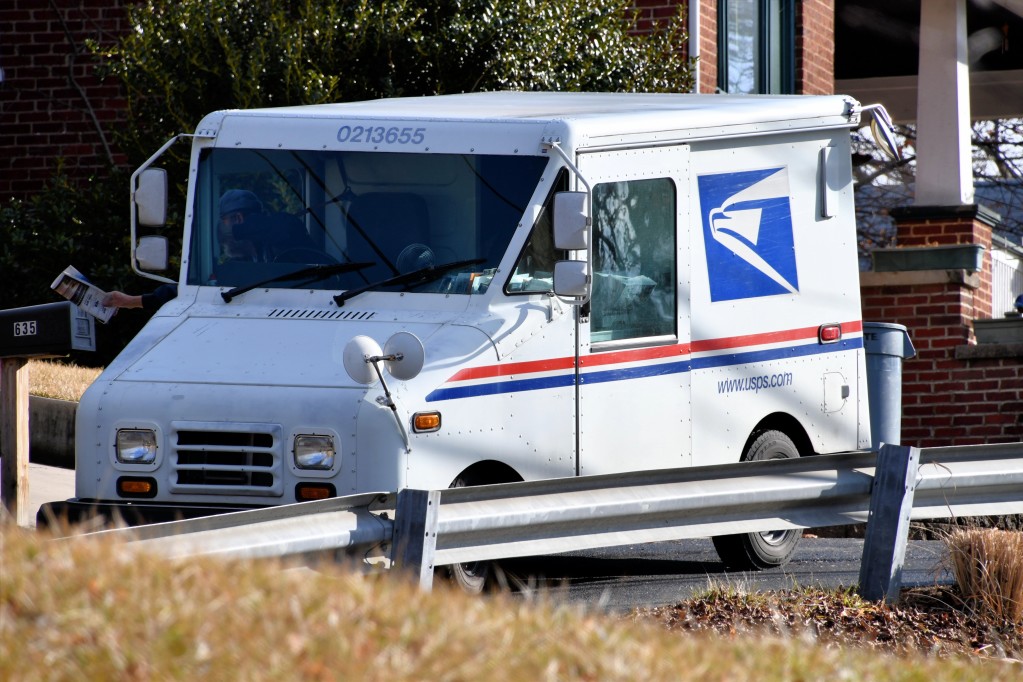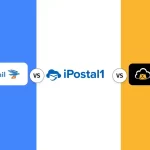The USPS offers a wide range of services for Americans to take advantage of to send mail, but nothing is more popular than First-Class mail. Universally regarded as the most cost-effective, speedy solution for mailing letters, bills, larger envelopes, postcards, and even flatpack parcels, the odds are pretty good that the overwhelming majority of the mail that you have dropped into a mailbox has been sent via First-Class.
Of course, not all mail handled by the post office is designated as First-Class – and not all First-Class mail is equal across the board. Below we dig a little bit deeper into the ins and outs of everything that this mail option has to offer. We cover why so many people love First-Class mail, we cover the extras and add-ons you can attached to your First-Class mail, and we highlight the pricing you can expect to pay for First-Class mail in 2022.
A little later we also dive deeper into the specific standards outlined by the United States Postal Service or sending First-Class mail, the differences between this type of mail and standard mail or Priority Mail, and even a great alternative to using USPS services in the first place. Ready to jump right in? Let’s get to it!
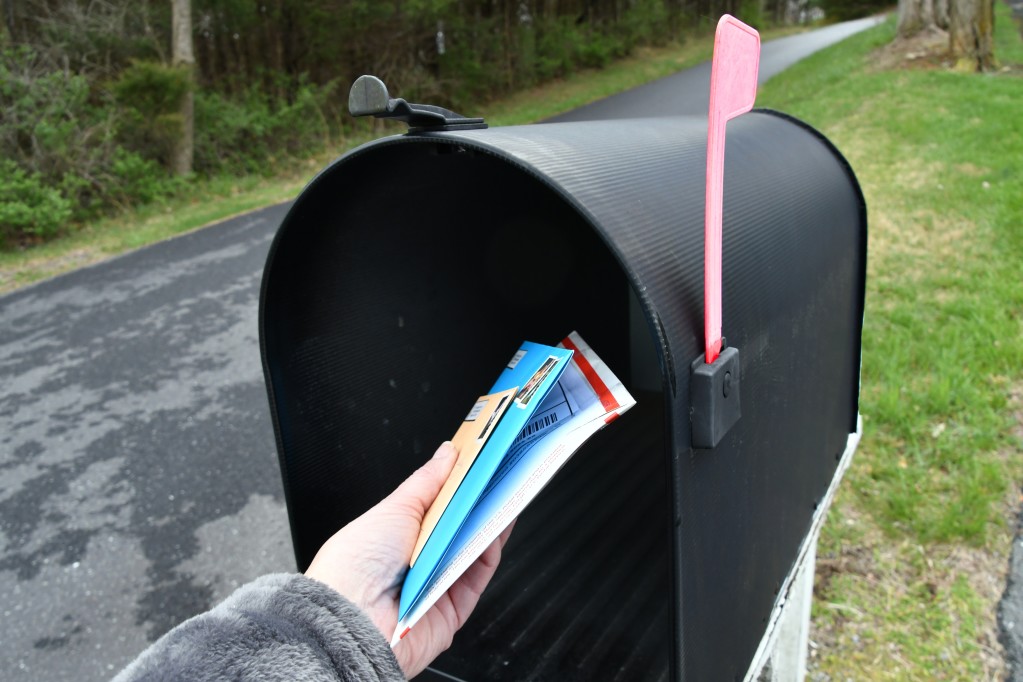
What is First Class Mail, Anyway?
As highlighted above, First-Class mail is one of the least expensive delivery options you can choose to take advantage of when sending something through the USPS. Offering a flat price for postage regardless of where you are sending your First-Class mail (domestically, anyway), you’ll know exactly how much you’re going to spend on First-Class mail when sending a flat, a postcard, a letter, or anything else that fits in these categories.
A very quick option that provides between two and three business day deliveries point consistently (and almost always faster than for day deliveries nationally), First-Class mail gets your envelope or parcel where you want it to go ASAP. Particularly useful when you are sending an important card, business information, personal correspondence you need to arrive by a specific date, and a whole host of other things you’ll send in the mail – especially as a small business – First-Class mail is consistent, reliable, and inexpensive.
Another big bonus of sending your mail via First-Class is that you don’t have to worry about outdated address information stopping your letters from getting where you want them to go. If the USPS determines that a First-Class piece of mail is undeliverable for any different number of reasons they will forward the mail to the correct address all on their own or reroute it back to you (the sender) at no extra charge whatsoever. This benefit is a huge one for businesses that are doing big mail drops or sending a lot of advertising out via direct mail. You won’t have to worry about things getting lost in the shuffle, having to spend money on return postage, or dealing with the headache and hassle that other mail services through the USPS inevitably bring to the table.
![]()
Tracking and Other Add-Ons for First Class USPS Mail
We all expect tracking information to be available on anything we have sent to us (or sent from us), but First-Class mail isn’t going to include tracking details as a standard option. Tracking information is provided for both First-Class Package Service Retail and First-Class Package Service Commercial mailing options, but “regular” First-Class mail isn’t going to have any tracking information without you selecting (and pay extra for) this data. Luckily, though, it really doesn’t cost all that much to upgrade your First-Class mailing to have tracking information added on. Most of the time you’ll only pay a couple of extra pennies for First-Class mailing tracking information, but the actual figure is all going to come down to how much your First-Class mailing weighs (unless you’re going with a flat rate envelope).
Of course, you also have the opportunity to upgrade your First-Class mail to either Registered Mail or Certified Mail, too. You can purchase insurance (including Insurance Restricted Delivery plans), a certificate of mailing, a return receipt, a signature confirmation and a signature confirmation with restricted delivery, as well as special handling and COD options, too. All of these different add-ons will need to be selected before you drop your First-Class mail in the mailbox or hand it to a postal official. Each of them has a unique fee attached as well, though you’ll be provided information without much these extras are going to cost well before any money of yours changes hands.
Consider taking advantage of any and all of the add-ons and extras you might want to have associated with each individual First-Class mailing. Tracking alone is hugely useful and beneficial (not to mention inexpensive), but other options may be ideal for your specific situation, too.

Pricing Info for First Class Mail USPS
Pricing options for First-Class mail through the USPS in 2022 are standard across the board aside from the extra fees associated with the add-ons and extras we highlighted above, of course.
A First-Class postcard is going to set you back $0.44 for a single postcard. A First-Class mail letter is going to cost you $0.58 to send for the first ounce that it weighs, with each additional ounce after that been charged at $0.24 per ounce.
First-Class mail flat (large envelope) mailings are going to start off at $1.16r for the initial ounce of mailing weight, with each additional ounce being charged out at $0.20 per ounce from there.
Finally, you have First-Class Package Service Retail and Commercial options available to pick and choose from. These kinds of First-Class mailings are not only broken up into retail and commercial segments, but are also broken into a number of zones as well.
The first of 4 ounces of mailing weight in Zones One as well as Zone Two are going to be charged out at $4.50 for first class Package Service Retail. That same initial 4 ounce mailing is going to cost $3.37 in the same two zones when you choose First-Class Package Service Commercial mailing options.
Between 4 ounces and 8 ounces in those two zones for Retail mailings are billed at $5.10 per ounce, with the same weight range being billed at $3.76 per ounce for Commercial mailings. You also have the opportunity to take advantage of First-Class metered mailing for letters if you have that kind of relationship with the USPS and are using a mail metering solution. The first ounce of First-Class mail with a metered option charges out at $0.53 per ounce, with each additional ounce being charged at $0.20 from then on.
These figures are accurate as of late 2022 but are subject to change. The prices for First-Class mailing services have been going up over the last few years and it’s likely that they will continue to increase as time goes on.
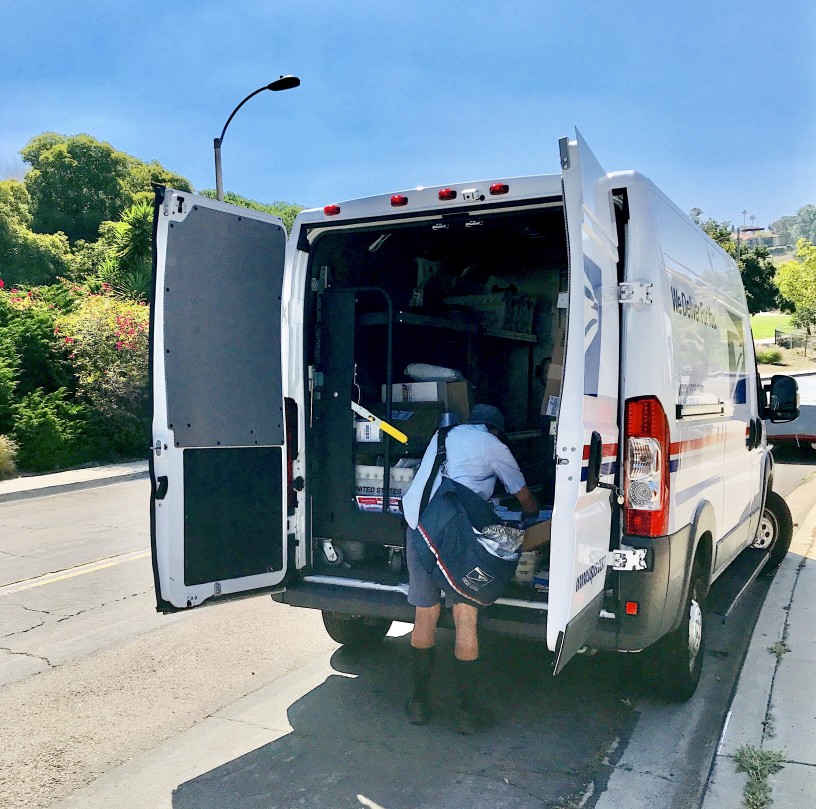
Standards Required for USPS First Class Package Services
Because it is so affordable (and so speedy) the USPS has established a number of standards that all mailings have to meet if they are going to qualify for First-Class mail in the first place. For example, if you’re looking to send a First-Class postcard it needs to meet both minimum and maximum size requirements that have been established by the United States Postal Service.
The minimum size for a First-Class postcard needs to come in at 3.5” x 5”, with the maximum size 40 First-Class postcard needing to come in at 4.25” x 6”. These postcards also need to be notes thinner than 0.007 inches and no thicker than 0.016 inches, too. Any item that does not meet these First-Class standards cannot be sent via First-Class mail. Some of these pieces may not even be deliverable at all and will be rejected at the post office or returned to your return address the second that they get into the postal system.
First-Class mailing standards for large envelopes are pretty stringent, too. You’re going to pay by weights to mail these kinds of envelopes, with the USPS establishing a 13 ounce maximum for each of these large envelopes that go through the First-Class system.
Large envelopes that exceed that weight limit are still going to be able to be mailed, but the fee structure changes from the First-Class schedule through the USPS to the Priority Mail rates (which is always more expensive). There are standards for First-Class Package Service Retail and Commercial parcels as well. The standards change every so often, though. It’s important that you do your research and due diligence to confirm this information before send First-Class mail of this variety through the USPS.
Difference Between First Class USPS Mail and Standard Mail
The biggest difference between first class USPS mail and standard mail through the USPS is the speed of delivery that you can expect with First-Class mailing.
Bumping things up to First-Class guarantees that your packages, letters, and parcels arrive a lot faster than they would have through standard USPS mailings. It’s not at all unreasonable to assume that your first class mailings will arrive at their ultimate destination within 2 to 3 business days – up to four if your mailing has to go over way across the country.
This is significantly faster than what you get with standard mail. Another big bonus is that you’ll be able to reach addresses that would have otherwise been undeliverable through the standard mail system. Whenever a standard mailing piece is “sent” to a nondeliverable address it gets returned to sender ASAP, sometimes with you being on the hook for the return postage. That’s not going to happen with First-Class mail.
For starters, if a First-Class mail piece is deemed undeliverable the USPS will search to find the correct forwarding address for that piece of mail automatically – getting it where it needs to go without any issue whatsoever. You also won’t have to spend any more money to take advantage of this service. You also have the opportunity to add all kinds of other extras and add-ons to your First-Class mailing the way we described above. That’s totally different from a standard mailing service.
Difference Between First Class Mail USPS Services and Priority Mail
First-Class mail and Priority Mail share a lot in common (particularly when it comes to speed), but Priority Mail is always going to be a bit faster – even if it’s going to be a little bit more expensive. Priority Mail from the USPS is exactly what it sounds like – the number one priority for the post office not only to handle and process, but for them to deliver as well. First-Class mail is fantastic and quite speedy, but it’s just not going to beat and Priority Mail 99.99% of the time. Priority Mail also allows you to send much heavier packages and parcels through the mail with a lot of speed compared to First-Class mail, too. You can mail up to 70 pounds worth of mail in a box or package via Priority Mail, something you simply won’t be able to pull off when you go with First-Class mail. At the same time, First-Class mail is always less expensive than Priority Mail.
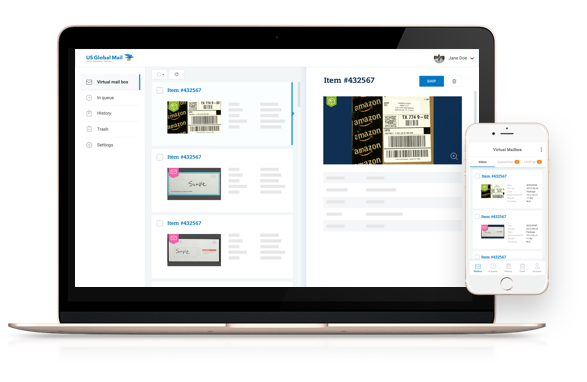
Looking for a Better Mail Solution? Try US Global Mail
While the USPS is considered by many to be the only game in town when it comes to mail services, that’s not exactly the truth. Sure, the United States Postal Service does a fantastic job at making sure people get their mail without having to spend a fortune – but there’s a lot of areas that they come up short, too.
This is, after all, an organization run by the federal government. They aren’t as quick to pivot or to innovate as private companies are. Companies like US Global Mail are able to rollout very competitive services and solutions that leverage cutting edge technology, next-generation logistics, and a more flexible approach to mail in the 21st century – an approach well worth researching further. If you’re looking to take advantage of a great mail scanning, forwarding, and acceptance service (and then some) you’ll want to check out everything US Global Mail has to offer today!

